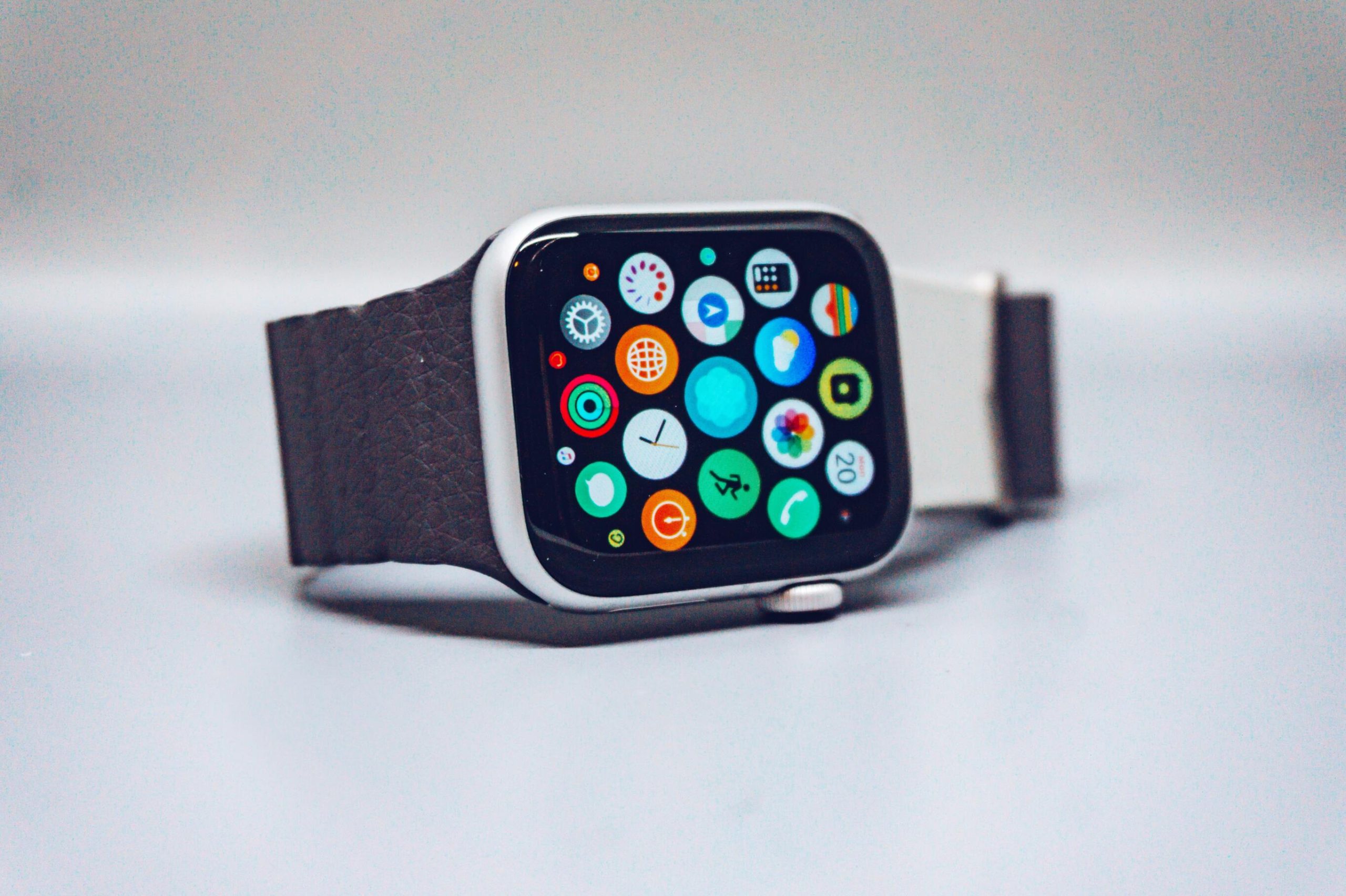A Complete Guide to Choosing the Perfect Smartwatch in 2023

The smartwatch industry has come a long way in just a few years. Gone are the days of limited features and unclear benefits. Now, the market is brimming with high-quality options that can revolutionize the way we manage our time.
Whether you’re a seasoned smartwatch user or a first-time buyer, the choices can be overwhelming. From the iconic Apple Watch to the versatile Samsung Galaxy Watch and the fitness-focused Fitbit Versa, the top players have emerged with cutting-edge features that set them apart from the rest.
If you’re on the hunt for a new smartwatch, you’re in luck. We’ve compiled a comprehensive list of factors to consider before making your purchase, so you can find the perfect match for your needs. Don’t settle for less than the best – let us guide you to the smartwatch that will help you master your time management game.
Things to consider while buying a smartwatch
Compatibility
If you’re in the market for a smartwatch, compatibility is a crucial factor to consider. While Apple Watches are only compatible with iPhones, Wear OS devices can work seamlessly with both iOS and Android.
Fortunately, Samsung, Garmin, Fitbit, and other major players have also created smartwatches that work with both operating systems. Keep in mind that you may need to install a companion app to fully access all features.
Another important consideration is the smartwatch’s operating system, which determines the types and number of on-watch apps available. While some apps can be incredibly useful, many are less so, making this factor relatively minor in the grand scheme of things. With a bit of research and careful consideration, you’ll be able to find the perfect smartwatch for your needs, regardless of your device preferences.
Price
When it comes to smartwatches, there’s a wide range of price points to consider. While budget models typically cost between $100 and $250, the best smartwatches can run between $300 and $400.
The extra cost is well worth it for those who want advanced features like music storage, onboard GPS tracking, and NFC capabilities. These devices often offer more robust communication options and superior fitness tracking as well.
If you’re a serious athlete, you may consider a specialized fitness watch, but be prepared to spend upwards of $500. However, luxury smartwatches from brands like TAG Heuer and Hublot can easily exceed $1,000 for little more than a flashy name and exotic materials.
Don’t break the bank on a device that over-promises and under-delivers. With some research, you’ll be able to find a smartwatch that perfectly balances cost and functionality to help you stay on top of your time management game.
Battery life
Smartwatches have come a long way, but battery life remains a significant challenge. However, recent advancements in technology offer hope for longer-lasting devices.
For example, you can expect two full days of use from most Apple Watches and Wear OS devices. Some watches that utilize the Snapdragon Wear 3100 processor have extended battery modes that promise up to five days on a single charge – though this comes with sacrificing some smart features.
Newer processors like Snapdragon’s Wear 4100 and 4100+ are now available in a handful of devices, with promises of even better battery life. Other models can last up to a week, but often at the cost of having fewer features and lower-quality displays.
If battery life is a top priority, consider a fitness watch that can last weeks on a single charge. And for those who need a quick charge, some smartwatches now offer faster charging options. For example, the Apple Series 7 can reach 80% power in only 45 minutes, while the OnePlus Watch can get to 43% in just 10 minutes.
Don’t let battery life hold you back from getting the most out of your smartwatch. With these advancements in battery technology, you can confidently wear your watch without worrying about constantly needing to recharge it.
Communication
In addition to telling time, smartwatches offer the convenience of communication on the go. With the ability to receive call, text, and app notifications directly on your wrist, you’ll always be in the loop. If you’re someone who values staying connected even when your phone isn’t nearby, you might want to consider a smartwatch with LTE connectivity. While these models are more expensive, they offer the convenience of being able to make and receive calls and texts without being tethered to your phone. With app alerts delivered straight to your wrist, you can quickly and discreetly check your watch to see if it’s worth pulling out your phone for a closer look.
Fitness tracking
Fitness tracking has become a compelling reason for many people to invest in a smartwatch. With most wearables functioning as fitness trackers, it’s no surprise that features like logging steps, tracking calories, and monitoring workouts are standard. Most modern smartwatches also come equipped with a heart rate monitor.
If you’re into outdoor activities like running or biking, you’ll want a smartwatch with onboard GPS to track distances. And if you’re a swimmer, look for a water-resistant device that can survive a dip in the pool. Some brands, such as Garmin, focus more heavily on fitness, offering advanced features like heart-rate-variance tracking, onboard maps, and more.
Health tracking has also improved over time. Apple and Fitbit watches can now estimate blood oxygen levels and measure ECGs, though these features are usually only available on pricier models. For those who value collecting such data, investing in a higher-end smartwatch might be the way to go.
Music
Looking to groove to some beats during your workout without lugging around your phone? Many smartwatches have got you covered with their music features. You can save your favorite tunes on your watch and pair it with wireless earbuds to rock out while exercising. Even if your smartwatch doesn’t have onboard storage for music, you can still enjoy your tunes with on-watch music controls that let you manage playback without touching your phone. And if you have an LTE-enabled watch, you can stream music directly from your wrist to your earbuds without having to save anything locally.
Always-on Display
Smartwatches with always-on displays are becoming increasingly popular among consumers, and for good reason. With this feature, you can effortlessly check the time and any other important information on your watchface without having to lift your wrist or activate the display manually. While it may impact battery life, most always-on modes adjust the brightness to conserve power, ensuring you won’t be caught with a dead watch during the day. This feature is typically available on high-end models, while budget-friendly options may lack this convenience and require manual activation to check the time. So if you’re looking for a smartwatch that offers added convenience, an always-on display is definitely worth considering.
The Final Say:
The smartwatch market has grown considerably in recent years, and users now have a wide range of options to choose from. When looking to purchase a smartwatch, it’s important to consider features explained above. With careful consideration, buyers can find the perfect smartwatch to meet their needs and revolutionize their time management game.






